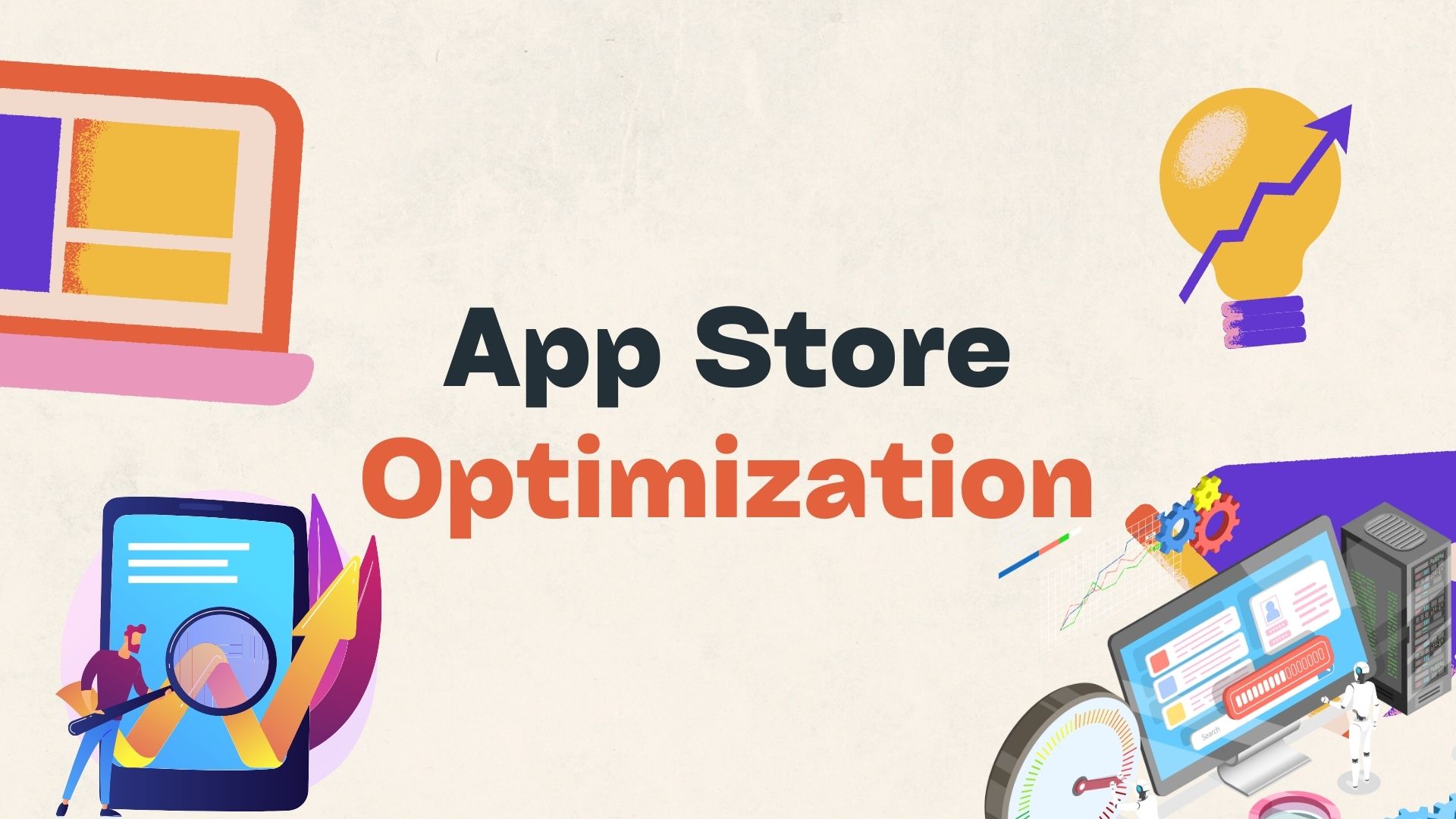Leveraging Sentiment Analysis In AI Trading Bots

Page Contents
Have you ever wondered how technology can make investment decisions based on human emotions? In the fast-paced world of finance, where market sentiment can swing stock prices and affect trading outcomes, leveraging sentiment analysis in AI trading bots has become an intriguing solution. This article delves into the realm of AI-driven trading strategies and explores the pivotal role of sentiment analysis in today's financial markets. Join us as we uncover the power of merging data science with the art of investing to unlock new opportunities and manage risks more effectively.
What Is Sentiment Analysis?
Sentiment analysis, often called opinion mining, is a powerful technique in natural language processing (NLP) that seeks to understand and quantify the sentiments, emotions, and opinions expressed in text data. At its core, sentiment analysis determines whether a text, such as a sentence or a document, conveys a positive, negative, or neutral sentiment.
The Role of Sentiment in Financial Markets
Financial markets are a complex interplay of data, human psychology, and economic factors. While traditional financial analysis primarily relies on fundamental and technical indicators, sentiment analysis has become pivotal in understanding and predicting market movements. This article explores the crucial role of sentiment in financial markets and how it influences trading decisions and asset prices.
Market Psychology and Sentiment Analysis
Market psychology plays a pivotal role in financial markets, and sentiment analysis provides a lens through which to understand and quantify it. Investors' emotions, attitudes, and expectations can significantly influence market trends. For example, during extreme optimism (bull markets) periods, investors tend to exhibit a “herd mentality,” driving prices higher as they rush to buy. Conversely, in times of fear or pessimism (bear markets), investors may panic selling, leading to sharp declines in asset prices.
Sentiment analysis helps traders and investors gauge market psychology by analyzing various data sources, including news articles, social media posts, and surveys. It identifies sentiment trends, helping market participants anticipate potential shifts in investor sentiment and make informed trading decisions.
Sentiment Indicators and Their Significance
Sentiment indicators are critical tools for market participants seeking to quantify prevailing sentiment. These indicators provide quantitative sentiment measures, allowing traders and analysts to assess the market's mood. Some well-known sentiment indicators include the put-call ratio, the Volatility Index (VIX), and various investor sentiment surveys.
For example, the put-call ratio reflects bearish (put) to bullish (call) options trading. A high put-call ratio suggests bearish sentiment, indicating a potential downturn in the market. The VIX, often called the “fear gauge,” measures market volatility and can indicate rising anxiety among investors.
Sentiment indicators serve as early warning systems, helping traders identify sentiment shifts that may precede significant market moves. Market participants can adjust their strategies and positions by monitoring these indicators.
Behavioral Biases in Investment Decisions
Sentiment analysis also delves into the behavioral biases that can affect investment decisions. Behavioral economics has identified numerous biases, including confirmation bias, anchoring bias, and herd mentality, which can lead investors to make irrational choices.
For instance, confirmation bias refers to seeking information that confirms one's preexisting beliefs. This bias can lead investors to ignore contradictory information and make biased decisions.
Sentiment analysis helps identify when these biases are influencing market behavior. By recognizing these biases, traders and investors can take a more objective and rational approach to decision-making, reducing the impact of behavioral biases on their portfolio performance.
News and Social Media Impact
In today's digital age, news, and social media platforms profoundly impact market sentiment. A single tweet from a prominent figure, a breaking news story, or a viral social media post can trigger rapid market reactions. Sentiment analysis tools are essential for monitoring and analyzing the sentiment expressed in online content.
For instance, if a rumor spreads on social media about a company's financial troubles, sentiment analysis can help gauge the extent of the negative sentiment and assess its potential impact on its stock price. By monitoring and reacting to sentiment trends on social media and news outlets, traders can make timely decisions to manage risk or seize opportunities.
Sentiment Analysis in Algorithmic Trading
Algorithmic trading, powered by artificial intelligence (AI) and machine learning, has embraced sentiment analysis as a critical component. These automated trading systems can process vast amounts of textual data in real-time to make trading decisions based on sentiment analysis.
For instance, an algorithmic trading bot may scan news articles and social media posts for mentions of specific stocks or financial instruments. If it detects a significant increase in negative sentiment, the bot might automatically execute a sell order for those assets to mitigate potential losses.
Incorporating Sentiment Analysis in AI Trading Bots
AI trading bots have revolutionized the financial industry by executing trades faster and more efficiently than human traders. However, to gain a competitive edge and adapt to the rapidly changing landscape of financial markets, many trading bots like BitQT App now incorporate sentiment analysis. This fusion of cutting-edge technology and sentiment analysis allows these bots to make data-driven trading decisions based on market sentiment. Here's a closer look at how sentiment analysis is incorporated into AI trading bots:
Data Collection and Aggregation
The first step in integrating sentiment analysis into AI trading bots is data collection. Bots gather vast amounts of data from various sources, including financial news websites, social media platforms, blogs, and forums. These sources provide textual data that can be analyzed for sentiment.
Preprocessing and Cleaning
Raw textual data often contains noise, such as irrelevant information, punctuation, and special characters. Sentiment analysis requires preprocessing and cleaning of the data. This involves removing stopwords (common words that don't carry sentiment), tokenization (breaking text into words or phrases), and ensuring uniform text encoding.
Sentiment Analysis Models
AI trading bots employ sentiment analysis models to assess the sentiment of the collected text data. Natural Language Processing (NLP) techniques and machine learning algorithms are commonly used. These models are trained on labeled data to recognize patterns and assign sentiment scores or labels to text.
Sentiment Classification
The sentiment analysis models classify the text data into sentiment categories, such as positive, negative, or neutral. More advanced models may provide sentiment scores on a scale, allowing for a more nuanced understanding of sentiment intensity.
Real-Time Analysis
One of the strengths of AI trading bots is their ability to process data in real time. Sentiment analysis is no exception. Bots continuously monitor incoming data streams, instantly analyzing news updates and social media posts for changes in sentiment that could impact trading decisions.
Integration with Trading Strategies
Sentiment analysis results are seamlessly integrated into the trading strategies of AI bots. For example, if the sentiment analysis model detects overwhelmingly positive sentiment surrounding a particular stock, the bot may initiate a buy order. Conversely, if negative sentiment is detected, the bot may execute a sell order or avoid trading that asset altogether.
Summing Up
Incorporating sentiment analysis into AI trading bots is a game-changer in the financial world. It gives traders a powerful tool to understand market emotions and make data-driven decisions. However, it's crucial to remember that while sentiment analysis is valuable, it's not foolproof.
Successful trading still requires a balanced approach, combining sentiment insights with other strategies and risk management. As markets evolve, embracing sentiment analysis in AI trading bots can give traders a competitive edge and a deeper understanding of market behavior.

Wayne Kernochan has been an IT industry analyst and auther for over 15 years. He has been focusing on the most important information-related technologies as well as ways to measure their effectiveness over that period. He also has extensive research on the SMB, Big Data, BI, databases, development tools and data virtualization solutions. Wayne is a regular speaker at webinars and is a writer for many publications.



